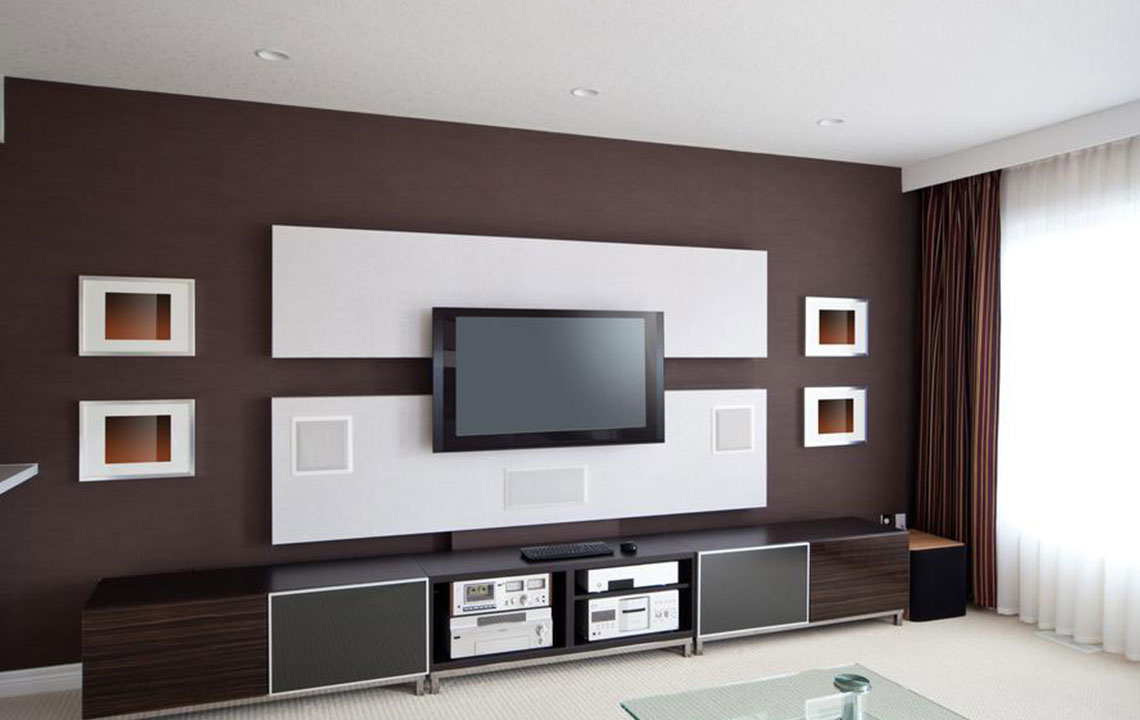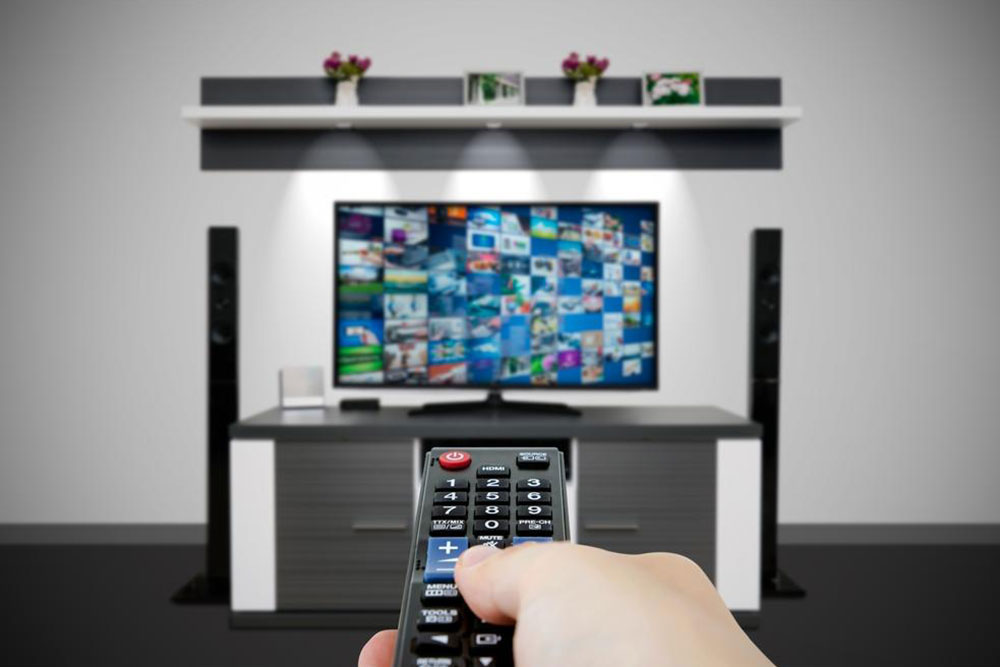Unveiling the Hidden Truths About LED Televisions: What Every Consumer Should Know
Gain a comprehensive understanding of LED televisions with this detailed guide. Learn about the technology, common misconceptions, pitfalls to avoid, and tips for making smarter purchasing decisions. This article helps consumers navigate the LED TV market effectively, ensuring better choices and enhanced viewing experiences.

In today’s rapidly evolving electronic market, LED televisions have become a staple in many households worldwide. Their sleek designs, vibrant displays, and modern features make them highly desirable. However, despite their popularity, many consumers purchase LED TVs without fully understanding the underlying technology, often resulting in dissatisfaction or unexpected costs. Making an informed choice requires a comprehensive understanding of how LED screens work, what to look for during the purchase process, and recognizing potential pitfalls that could affect performance and value. This article delves deep into the lesser-known facts about LED TVs, offering valuable insights to help you make smarter buying decisions.
First and foremost, it's essential to grasp the basic technology behind LED televisions. LED stands for Light Emitting Diode, a type of display technology that uses small, energy-efficient diodes to produce images. Unlike traditional LCDs that rely solely on fluorescent backlights, LED screens utilize diodes arranged either behind or around the display panel to illuminate pixels. This setup allows for thinner designs, better contrast ratios, and more vivid color reproduction. However, not all LED TVs are created equal; differences in screen quality, backlighting methods, and processing hardware can significantly impact viewing experiences.
One common misconception among consumers is that a stunning display guarantees excellent audio quality. In reality, many LED TVs come equipped with subpar speakers that do not match the high-quality visuals. This discrepancy often leads to a disconnect between what you see and what you hear, emphasizing the importance of investing in additional sound systems like soundbars or surround sound setups for an optimal experience. Recognizing this potential mismatch can save you money and frustration in the long run.
Additionally, price points can sometimes be misleading. Low-cost LED TVs may seem like a bargain, but they often involve refurbished units, returned items, or models with compromised features. Manufacturers and retailers may use attractive discounts to clear stock, but buyers should be cautious and verify the authenticity and condition of the product. Purchasing from reputable sellers and scrutinizing product details can ensure you receive a genuine, new unit that meets your expectations.
In-store display setups are frequently exaggerated or optimized for visual impact to persuade customers to make an immediate purchase. These displays may showcase the TV under ideal lighting conditions, which do not accurately represent real-world usage. When testing a TV in a store, consider the lighting environment of your own room and how the display performs under typical conditions. Also, pay attention to viewing angles, color accuracy, and response times, which can vary significantly across different models.
Proper installation and setup are crucial for maintaining the longevity and performance of your LED TV. Promptly installing your television after purchase prevents dust accumulation and potential damage. It’s advisable to read the entire setup manual carefully or hire professional installers who can ensure correct calibration of picture settings, optimal placement, and safe wall-mounting. Such meticulous setup can enhance your viewing experience and prevent common issues like screen burn-in or connectivity problems.
When selecting an LED TV for specific uses such as Blu-ray viewing, consider the resolution carefully. For extensive Blu-ray playback and high-definition content, a 1080p resolution remains a reliable choice, offering a balance between quality and affordability. Although newer models with 4K or 8K resolutions are available, for most casual viewers, 1080p provides excellent picture quality without the hefty price tag. Be mindful that higher resolutions may not always translate to a noticeable improvement unless you're sitting very close to the screen or using large display sizes.
Understanding these hidden aspects of LED TVs can greatly enhance your purchasing experience. By doing your research on technological features, verifying the authenticity of deals, and being aware of marketing exaggerations, you can avoid common pitfalls. Moreover, paying attention to sound quality, the setup process, and suitable resolution options tailored to your usage ensures that your investment in an LED television delivers the best possible value and enjoyment. Informed consumers are empowered to select a model that truly meets their needs, avoiding buyer’s remorse and standing out as smarter shoppers in a competitive marketplace.





